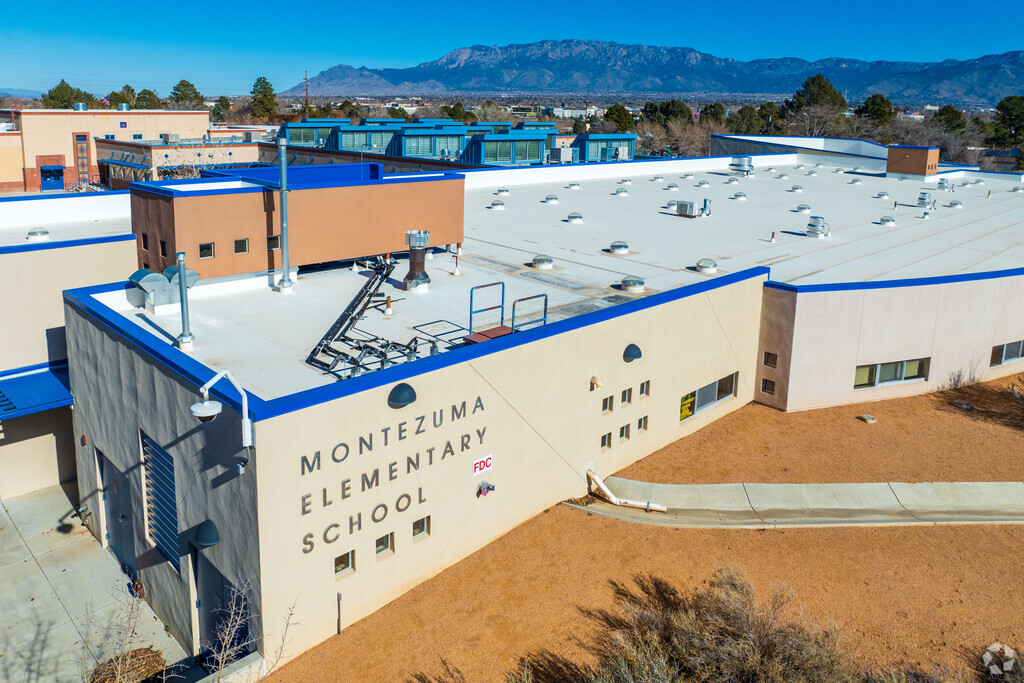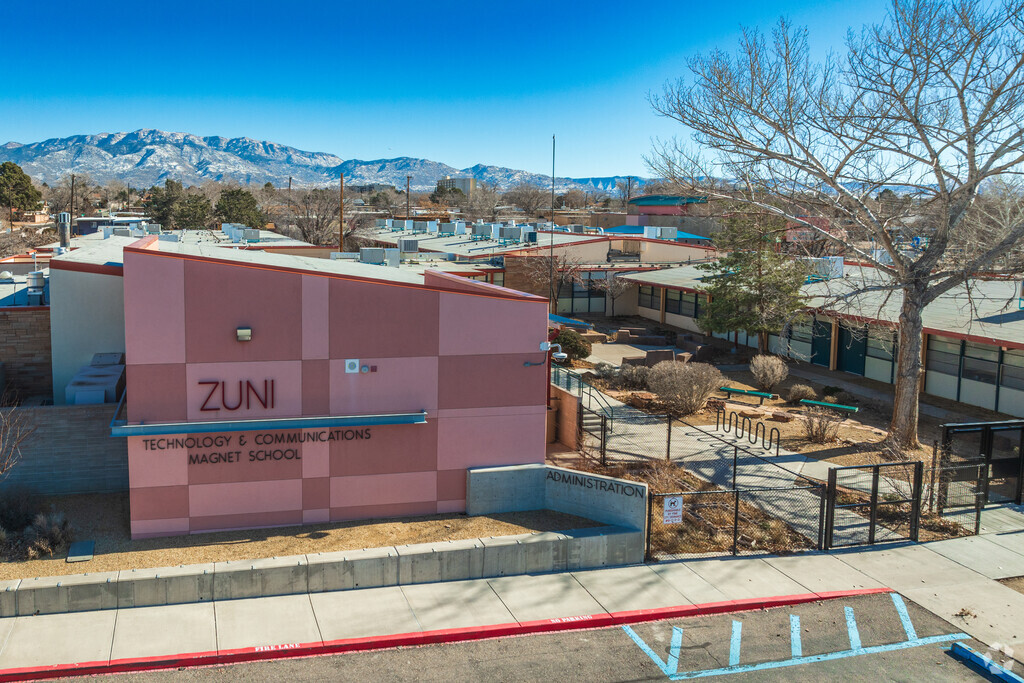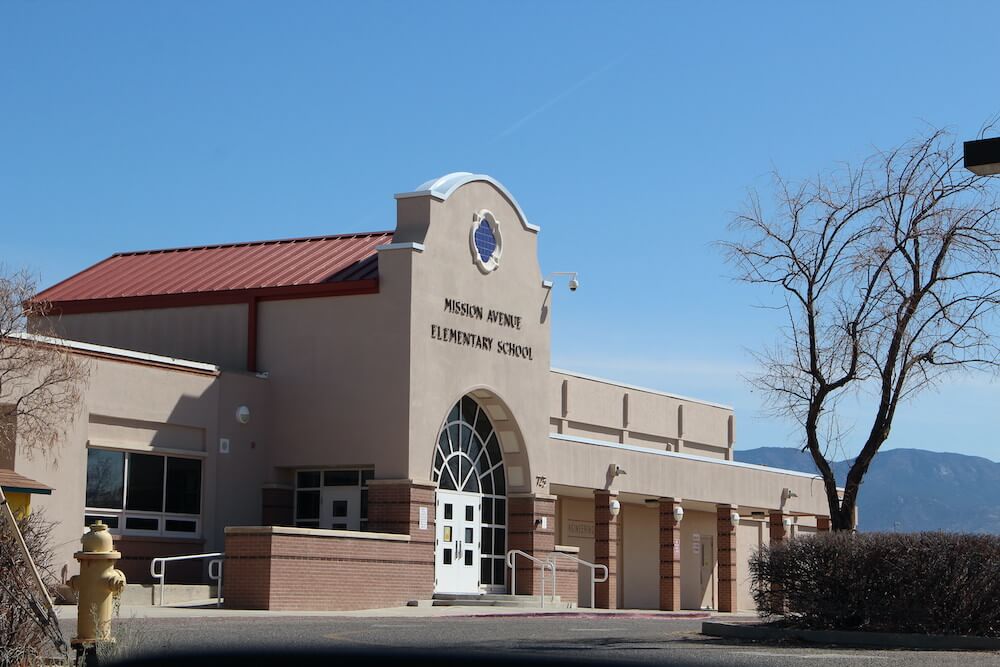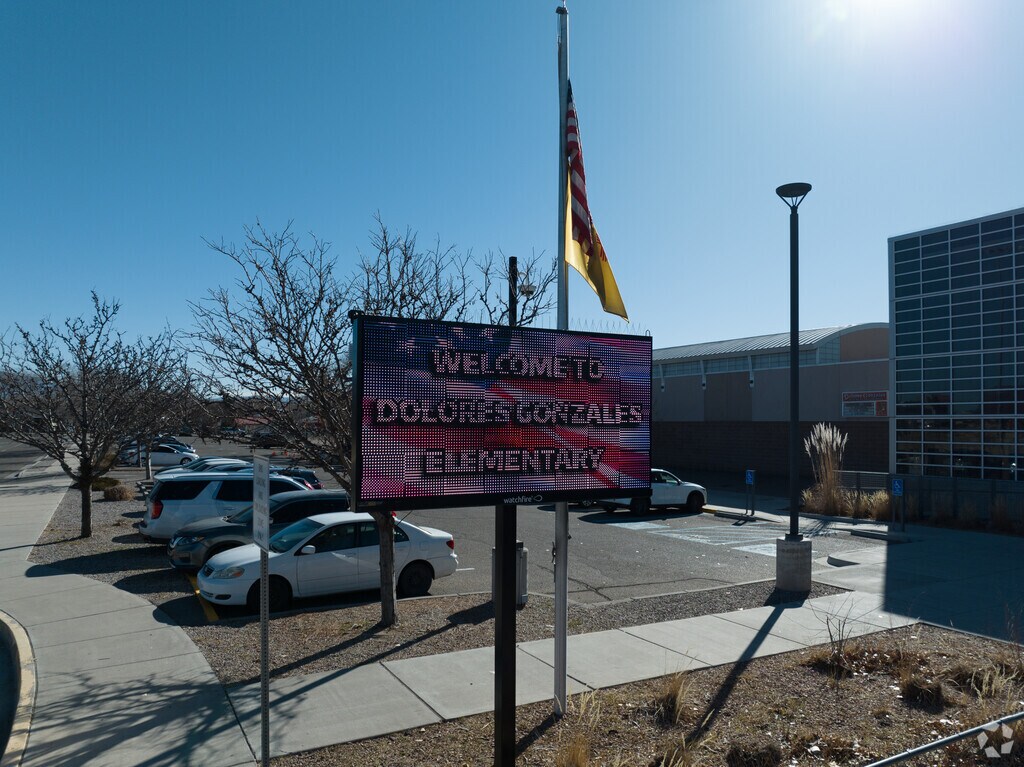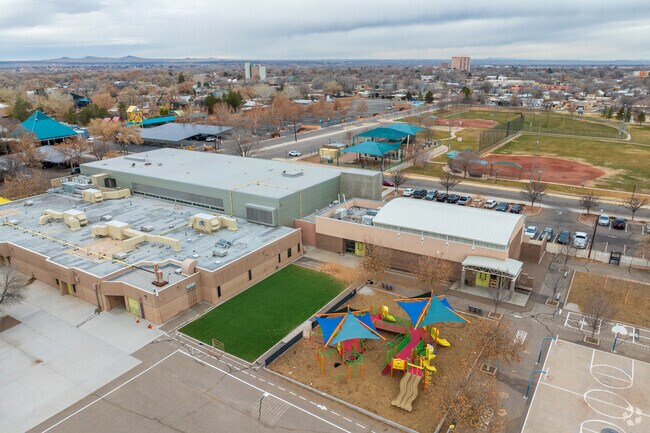Elementary Schools In Albuquerque New Mexico

Albuquerque's elementary schools, the foundational building blocks of the city's educational system, are facing a complex web of challenges. From persistent achievement gaps to aging infrastructure and shifting demographics, the future of these institutions hinges on addressing these critical issues head-on.
This article delves into the current state of Albuquerque's elementary schools, examining the key issues affecting student outcomes, teacher retention, and overall school performance. We'll explore data on standardized test scores, funding disparities, and innovative programs aimed at improving educational equity across the city.
Academic Performance and Achievement Gaps
Standardized test scores provide a crucial, though not complete, snapshot of student academic performance. Data from the New Mexico Public Education Department (NMPED) reveals persistent achievement gaps between different student groups in Albuquerque's elementary schools.
Specifically, students from low-income backgrounds and certain minority groups often lag behind their more affluent peers. This disparity highlights the need for targeted interventions and resources to support these vulnerable populations.
Several factors contribute to these achievement gaps, including socioeconomic disparities, language barriers, and access to quality early childhood education. Addressing these systemic issues is paramount to closing the gap and ensuring equitable opportunities for all students.
Targeted Interventions and Programs
To combat achievement gaps, many Albuquerque elementary schools have implemented targeted interventions and programs. These initiatives often focus on providing individualized support to struggling students, such as tutoring, mentoring, and small-group instruction.
The Title I program, funded by the federal government, provides financial assistance to schools with a high percentage of students from low-income families. These funds are used to improve instruction, provide additional resources, and support parent involvement.
Additionally, some schools have adopted innovative instructional models, such as dual-language immersion programs, to cater to the diverse needs of their student populations. These programs aim to promote bilingualism and biliteracy while also fostering cross-cultural understanding.
Teacher Retention and Recruitment
Teacher retention is a major concern for school districts nationwide, and Albuquerque is no exception. High teacher turnover rates can disrupt student learning and negatively impact school climate.
Factors contributing to teacher attrition in Albuquerque include low salaries compared to other states, challenging working conditions, and a lack of adequate support and professional development opportunities. Addressing these issues is crucial to attracting and retaining qualified educators.
APS, Albuquerque Public Schools, has implemented several initiatives to improve teacher retention, including offering signing bonuses, increasing salaries, and providing more mentoring and professional development opportunities. However, more work needs to be done to create a supportive and sustainable teaching environment.
The Impact of Mentorship Programs
Mentorship programs can play a significant role in supporting new teachers and improving retention rates. Pairing experienced teachers with new educators provides a valuable source of guidance, support, and feedback.
These programs can help new teachers navigate the challenges of the classroom, develop effective teaching strategies, and build strong relationships with students and colleagues. Moreover, mentorship programs can foster a sense of community and reduce feelings of isolation among new teachers.
The New Mexico Public Education Department also offers mentorship programs and resources to support teacher development and retention statewide. These initiatives aim to improve the quality of teaching and learning in all New Mexico schools.
Funding and Resources
Adequate funding is essential to providing quality education in Albuquerque's elementary schools. However, funding disparities exist between different schools and districts, impacting the resources available to students and teachers.
Schools with a high percentage of students from low-income families often receive less funding per student than wealthier schools. This disparity can lead to inequities in access to technology, instructional materials, and other essential resources.
Advocates argue for equitable funding models that allocate resources based on student needs, ensuring that all students have the opportunity to succeed, regardless of their socioeconomic background. Fair and equitable funding is paramount to bridging resource gaps.
The Role of Community Partnerships
Community partnerships can supplement school funding and provide valuable resources to students and families. Local businesses, non-profit organizations, and community members can all play a role in supporting Albuquerque's elementary schools.
These partnerships can provide access to tutoring, mentoring, extracurricular activities, and other enrichment opportunities. They can also help connect families with social services and other support systems.
Strong community partnerships can strengthen schools and create a more supportive and vibrant learning environment for all students. These partnerships foster connections between the school and the community it serves.
Infrastructure and Facilities
The condition of school infrastructure and facilities can significantly impact student learning and well-being. Many of Albuquerque's elementary schools are aging and in need of repairs and upgrades.
Outdated classrooms, inadequate heating and cooling systems, and crumbling infrastructure can create an uncomfortable and distracting learning environment. Investing in school infrastructure is crucial to ensuring that students have access to safe and modern learning spaces.
Albuquerque Public Schools has undertaken several bond initiatives to fund infrastructure improvements, including renovating existing schools and building new facilities. These investments are essential to providing students with the resources they need to succeed.
Investing in schools is an investment in the future of Albuquerque.
Moving Forward
Addressing the challenges facing Albuquerque's elementary schools requires a collaborative effort from educators, policymakers, community members, and families. By working together, we can create a system that provides all students with the opportunity to reach their full potential.
Prioritizing early childhood education, supporting teachers, ensuring equitable funding, and investing in school infrastructure are all crucial steps towards improving student outcomes. The future of Albuquerque depends on the success of its elementary schools.
Continued focus on data-driven decision-making, innovative programs, and strong community partnerships will be essential to creating a thriving educational ecosystem for all of Albuquerque's children.

